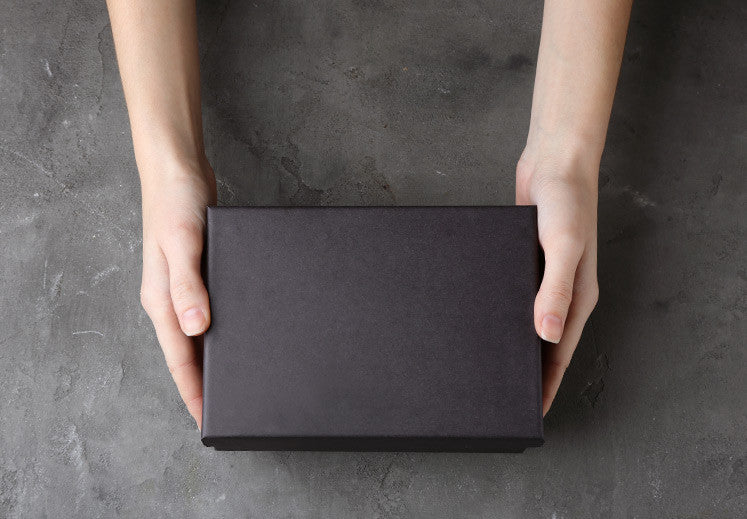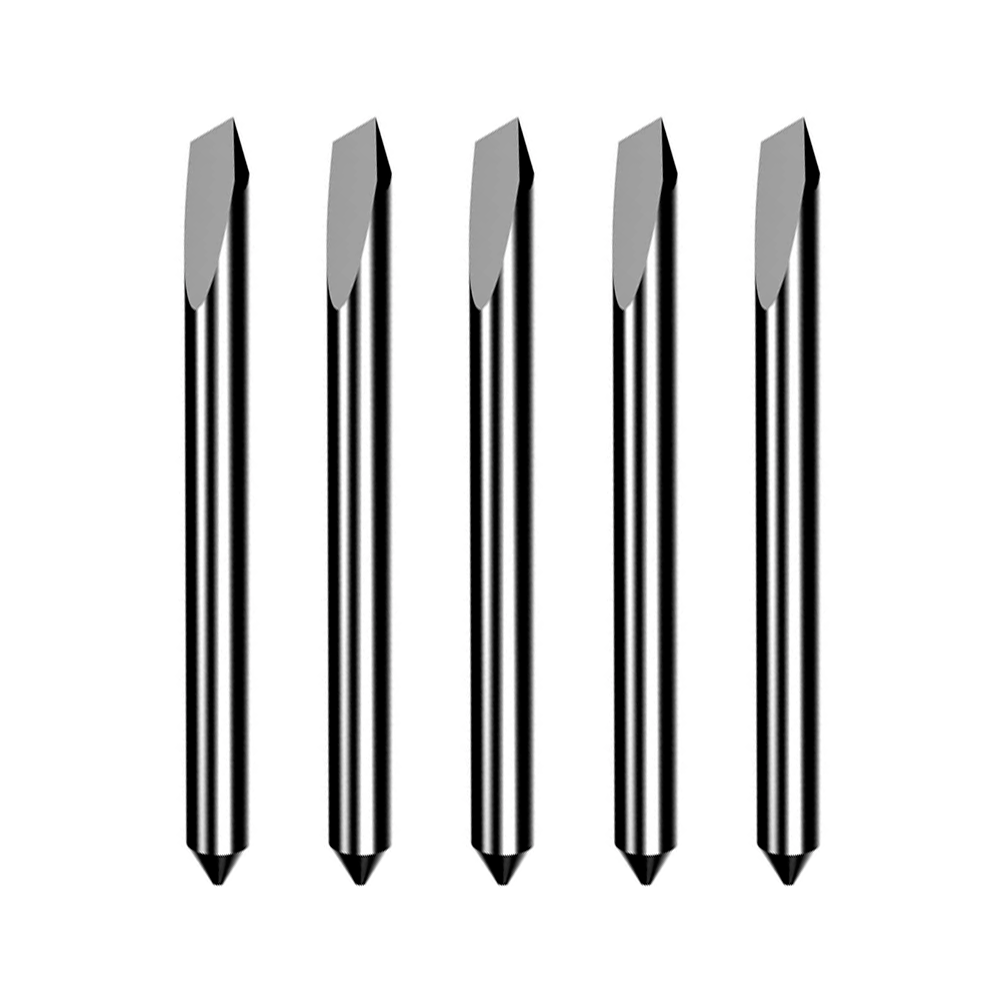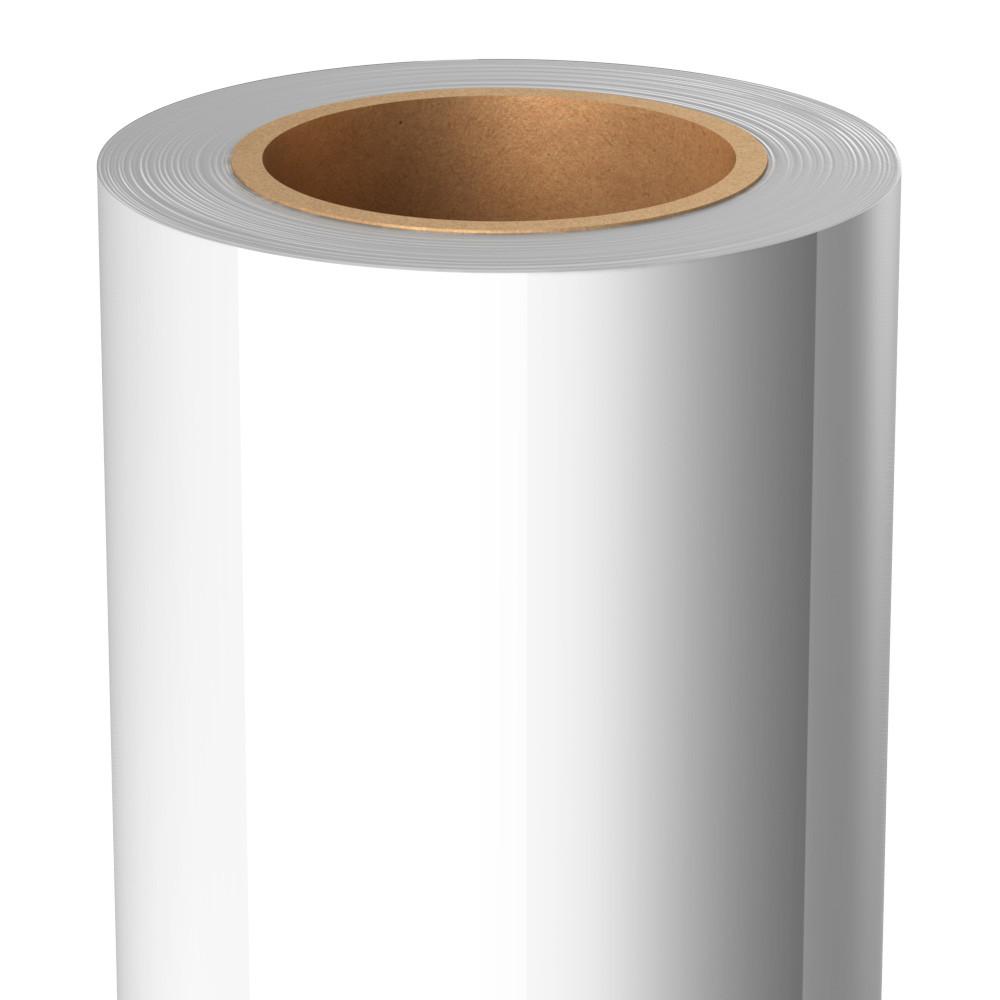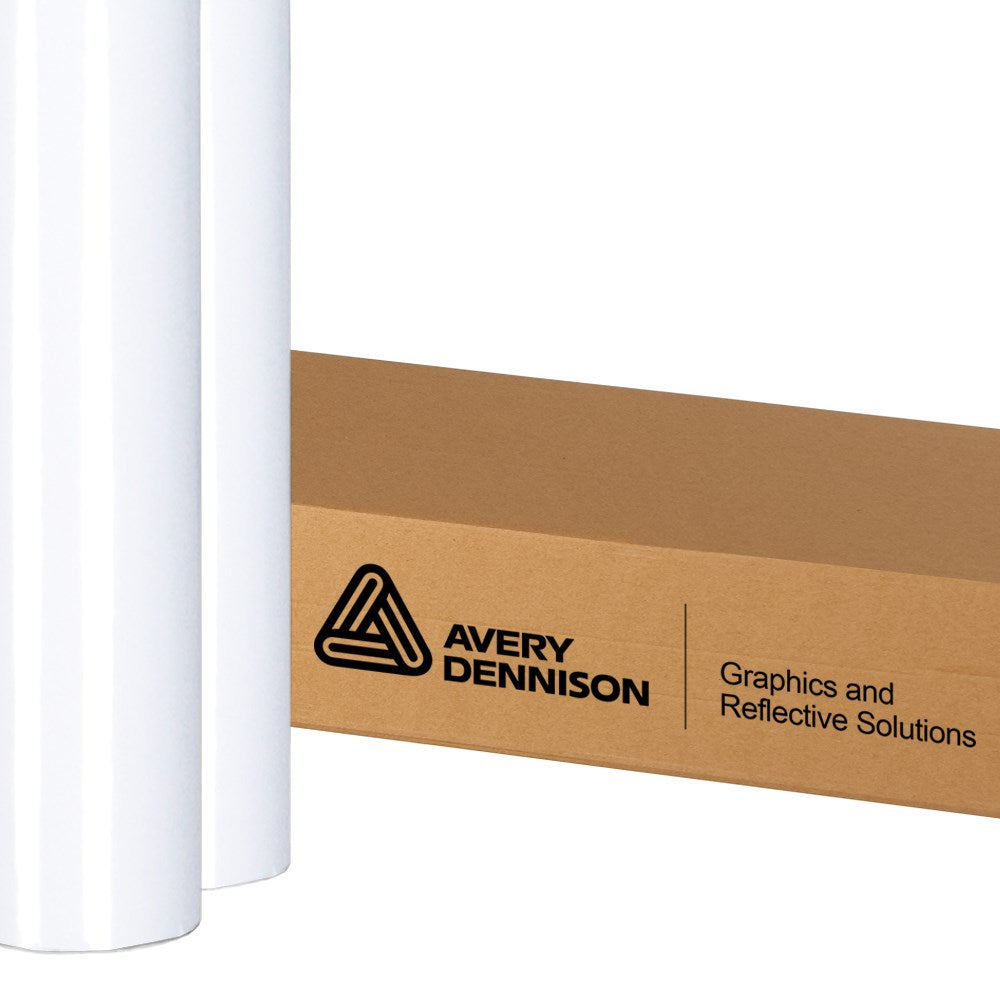Product packaging is that tactile element that brings it all together. That's because receiving and opening a package are just as much a part of the customer experience as the product itself. You should imagine each package, box or receptacle as not just a simple paper-based container, but as a vessel carrying your product and your brand's message. Of course, the graphic designs on your packaging help highlight who you are, but the package's size and shape (its physical presence) are also impactful.
Let's see how size can influence your bottom line and customers' views of your business.
Reduce waste

"Your packaging should make shipping and storing products easier."
In addition to sizing carefully, you can cut waste by choosing the right material. For instance, choosing recyclable packaging ensures the box your customers throw out won't sit in landfills. Fortunately, companies are already thinking about waste. According to Live Science, packaging waste as a percentage of total garbage output decreased from 36 percent in 1994 to 30 percent in 2010. Your product packaging can help keep that trend moving downward.
Make shipping and storing easier
The more products you can ship in one container, the more money you can save. This is another reason to make sure your packaging is stylish and fits the product snuggly. The design can further save space. If the box holding your product is square or rectangular, it will stack easily. Oddly shaped containers that lack right angles instead leave pockets of unfilled space. That means fewer items shipped and lost opportunity. Having a stackable and small package also makes storing your products in a warehouse easier for all of the same reasons.
Appeal to specific audiences
Saving money and reducing your carbon footprint are compelling reasons to ensure your packaging size fits your product. However, the size can also appeal to different audiences.
Here's a case where larger is better: Big cereal boxes that hold more breakfast food are appealing to families. A parent is more likely to purchase the large size to prevent having to come back to the store too soon. While a big box is great for that family, a single person may not need it.
Understanding who your target audience is and what they value will help you create a size that suits your products and your consumers. Not only that, but it will make the design process clearer as well. Even the material you use for packaging appeals to certain people. Environmentally conscious consumers will appreciate a recyclable item or a box they can use again.
Find the right size
Creating the perfectly sized package requires research, planning and testing. You'll have to learn what your target audience prefers, how much space your product really needs to ship safely and how you can reduce size without compromising those things. Finally, the package has to work for your graphic design elements, too.




